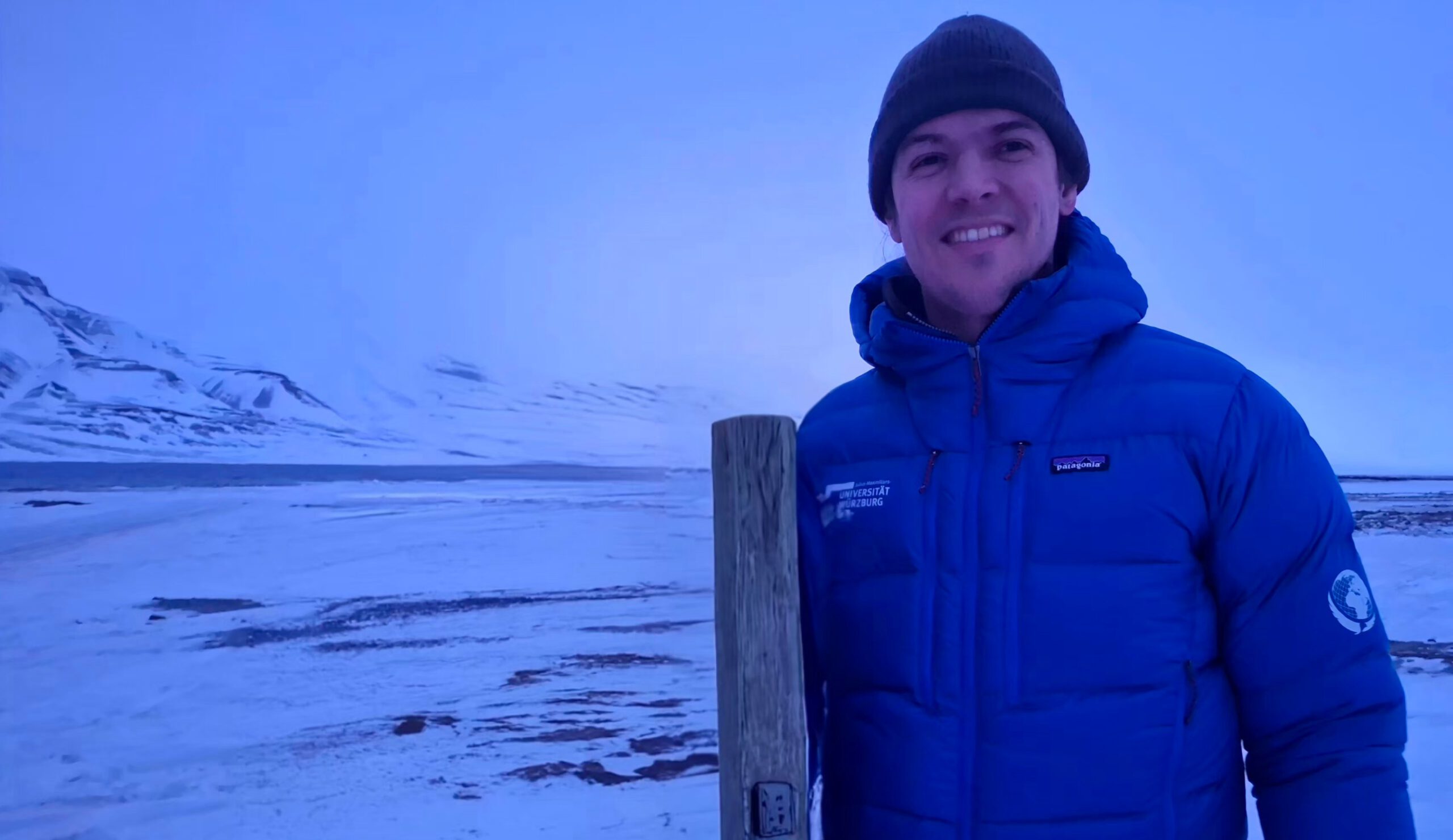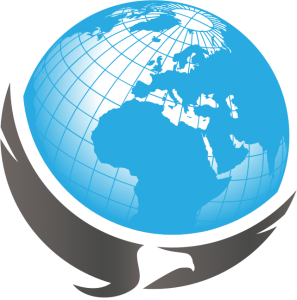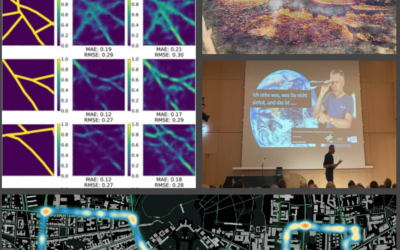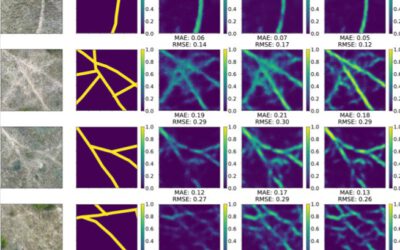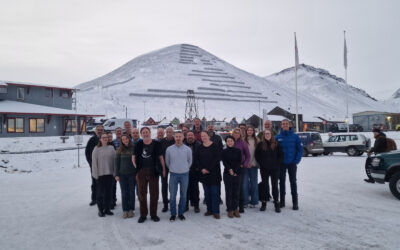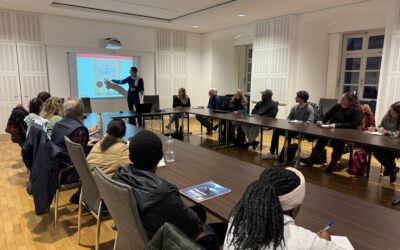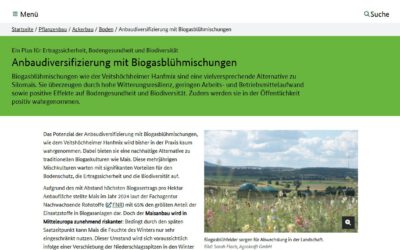On March 31st at 2:00 PM, Jakob Schwalb-Willmann will defend his PhD thesis, “Potentials of Animal-Environment Interactions for Remote Sensing Research.” The public defense will be held at John-Skilton Str. 4a, Lecture Room 1. All interested staff, students, and members of the public are warmly invited to attend his presentation and the following discussion.
From the abstract: “Land Use/Land Cover (LU/LC) classifiers transform environmental data acquired using Earth observation (EO) techniques such as remote sensing into interpretable, quantifiable information. Both inside and outside academia, this information plays a crucial role in the understanding of land surface dynamics that result from global processes such as anthropogenic pressure or climate change. Conventional LU/LC approaches rely on human-defined classes and the collection, interpretation and labelling of ground truth data to train a classifier, e.g. through field and labelling campaigns. Thus, ground truth data generation is costly and labour-intensive, and tends to be subjective, since labelling relies on human perception and conception of the environment. Animals, like humans, perceive, interpret and differentiate the landscape, resulting in distinctive movement behavior across it, depending on their needs and the conditions surrounding them. This research proposes a semi-supervised Deep Learning (DL) approach employing movement tracked animals as landscape interpreters to generate ground truth data for classifying Animal Land Use (ALU) from environmental data. A neural network using bidirectional Long-Short Term Memory (LSTM) learned the relationship of movement trajectory sequences and associated environmental conditions. For this, data of more than 167 million trajectory locations, recorded for 7165 individuals belonging to 87 species which were tracked in the context of 140 research studies over 30 years, and more than 3 billion associated environmental observations were collected. Based on model error, potential animal-environment interactions (AEI) were separated from non-AEI. Using an adaptation of the Siamese neural network architecture, cluster-friendly representations were derived from AEI patterns based on their similarity and dissimilarity. In an unsupervised setting, AEI representations were clustered into AEI types which were used as ground truth labels to classify ALU from environmental data. The ALU classifier’s applicability was measured within 157 areas of interest (AOI), covering an area of 53167.55 km2 and a decade of yearly composited environmental data, for which ALU was predicted. To evaluate the robustness of the approach with respect to changes in both trajectory and environmental input data, a sensitivity analysis was conducted. In a subsequent co-occurrence analysis, ALU was compared to seven well-known human-defined LU/LC reference products to examine how reference class definitions matched with ALU. The proposed approach detected potential animal-environment interactions in circa 80 % of the provided samples. It achieved an accuracy of 0.881 in AEI representation learning, and an ALU classification accuracy of 0.806 (kappa = 0.627) for 343 111 AEI-derived ground truth samples within the AOIs. Sensitivity analysis showed that ALU classification strongly relied on optical
reflectances, evaporation, elevation, pressure and temperature data. The more species were represented in the input data, the higher was the observed ALU classification accuracy, while larger datasets derived from less species performed poorer. Co-occurrence analysis showed that in comparison to LU/LC, thematic resolution of ALU varied per land surface type, with higher thematic resolution in natural habitats such as grasslands and lower thematic resolution in urban areas. This research demonstrated how animals can be employed as land use interpreters, potentially complementing conventional LU/LC ground truth which is costly to collect, spatio-temporally sparse and caries subjectiveness through the human interpretation of the landscape.”

